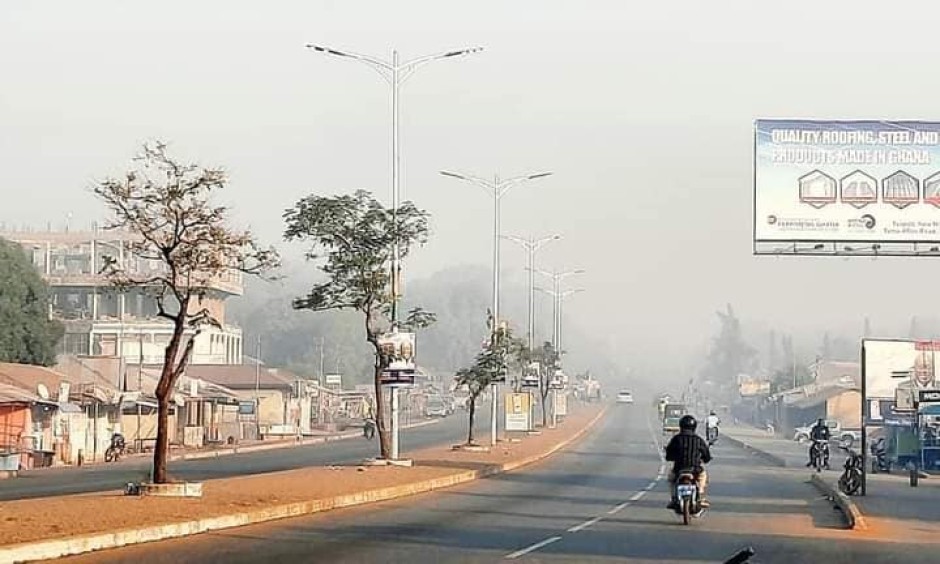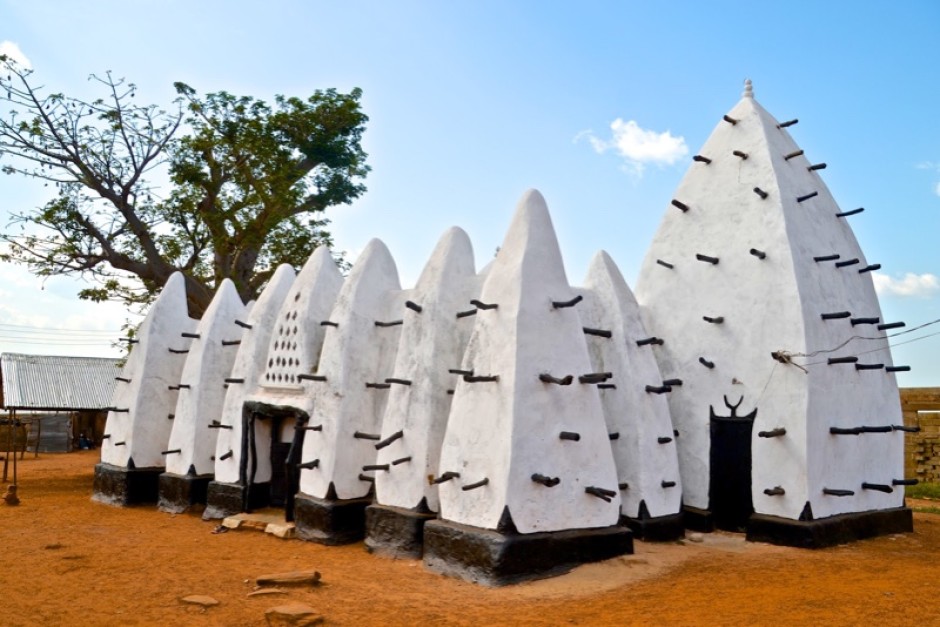Akatekyi Crocodile Pond: A Place...
September 29, 2025
The Northern Region, covering 70,384 square kilometers or 31 percent of Ghana's total area, is situated in the northern part of the country. It shares borders with the North East region to the north, the Ghana-Togo international border to the east, the Oti region to the south, and the Savannah Region to the west. In December 2018, the creation of the Savannah Region and North East Region led to a reduction in the Northern Region's size.
Climate and Vegetation
The Northern Region features a Guinean forest-savanna mosaic ecosystem, characterized by woodlands and grasslands. The Guinea Savanna, the wettest of the three savanna ecological zones, experiences a wet season from April to October and a dry season from January to March. The region witnesses an average annual rainfall of 750 to 1050 mm, with the highest temperatures occurring in March. The Harmattan, caused by the northeast trade winds, prevails from late November to March, bringing cooler temperatures.

Economy
The economy of the Northern Region is primarily agrarian, with more than half of the population engaged in agriculture. This region is vital for Ghana's agriculture and is home to the largest iron ore reserves in the country. The potential for investment in steel and iron industries is considerable, making the Northern Region a hotspot for economic growth.
Demographics and Languages
The Northern Region is culturally diverse, with Dagbani being the most widely spoken language. It contains the territories of the Kingdom of Dagbon, and other languages spoken include Likpakpaln and Nawuri. Islam is the predominant religion, with approximately three out of five residents adhering to it.
Business and Investment Opportunities
Tamale, the capital of the Northern Region, has been recognized as the fastest-growing city in West Africa. Its strategic location, and closer proximity to Europe and North Africa compared to Accra, makes it an increasingly attractive destination for investors. The region's substantial iron ore reserves further enhance its appeal for investments in steel and iron industries.

Tourism and Attractions
The Northern Region offers a plethora of tourist attractions, including historic sites like Naa Gbewaa Palace in Yendi, cultural centers like the Tamale Center for Culture and Arts, and natural wonders like Red Clay Studios and Saakpuli Slave Wells. The region is a treasure trove for those seeking a unique and immersive cultural experience.
Districts and Healthcare Facilities
The Northern Region is divided into 16 districts, each with its own distinct character. Notable health facilities include Tamale Teaching Hospital, Tamale Central West Hospital, and Yendi Municipal Hospital, contributing to the region's healthcare infrastructure.
Famous Citizens
The Northern Region has produced notable individuals who have made significant contributions to Ghana and beyond. Among them are Aliu Mahama, Wakaso, Haruna Iddrisu, and Sheikh Ibrahim Basha, showcasing the region's talent and diversity.
The Northern Region, with its captivating landscapes, rich cultural heritage, and economic potential, stands as a compelling destination within Ghana. Whether you are interested in exploring historical sites, investing in emerging industries, or experiencing vibrant local cultures, the Northern Region has something to offer. Embrace the warmth of Ghanaian hospitality and immerse yourself in the natural beauty and legacies of this expansive and culturally significant region.
September 29, 2025
September 29, 2025
September 26, 2025
September 18, 2025
September 18, 2025
September 4, 2025
September 3, 2025
August 28, 2025
August 19, 2025
August 8, 2025